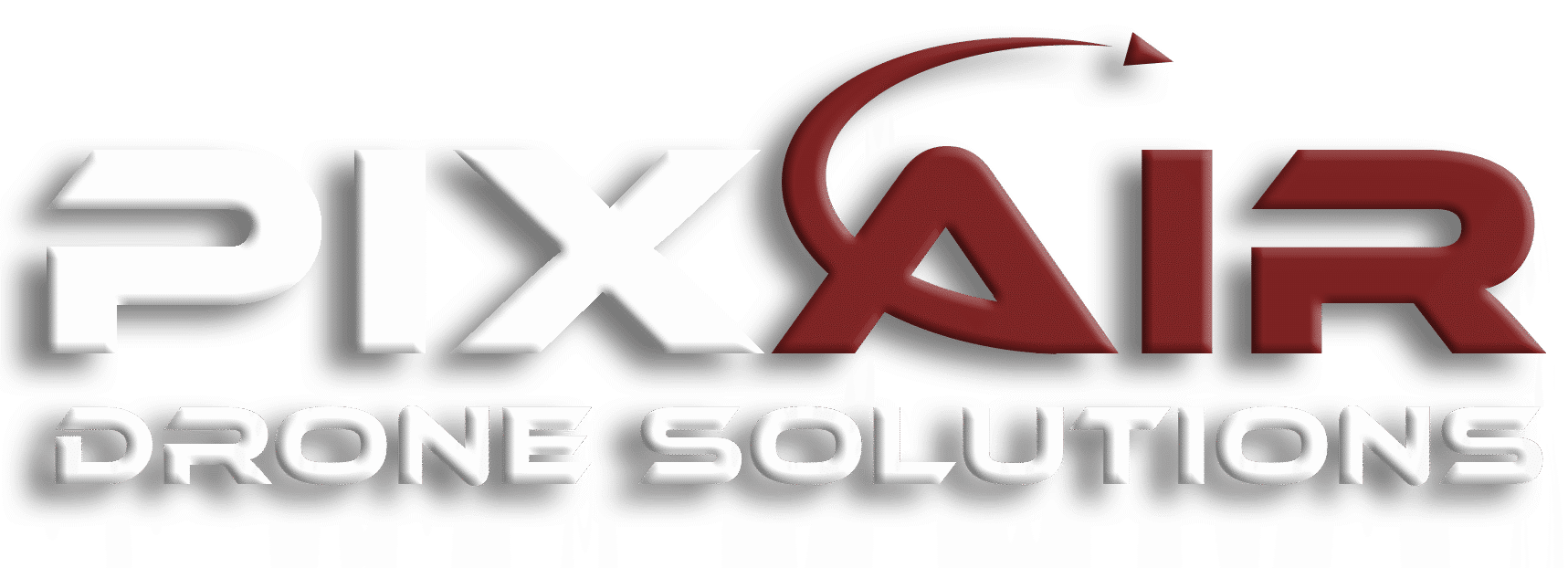Frequently asked Questions
Please provide the site address or location, approximate boundaries and an on‑site contact person. We also need details about access restrictions and any hazards such as power lines, congested areas or busy roads. Let us know what deliverables you require and the level of accuracy needed, your preferred timescale, and whether any permits or permissions are already in place so we can plan accordingly.
A drone survey uses an unmanned aerial vehicle (UAV) to capture high‑resolution photos and GPS data of your site. Photogrammetry software stitches these images into accurate 3D models, orthomosaic maps and digital terrain models that can be used for planning and measurement.
Drone surveys can be extremely precise when flown by qualified pilots using RTK positioning. On typical construction sites, horizontal accuracy can be within 1–3 centimetres and vertical accuracy within 2–3 centimetres; thermal imaging is accurate to within ±2 °C. Using ground control points and survey‑grade GPS, sub‑centimetre precision is possible.
You can opt to receive high‑resolution orthomosaic maps, 3D point clouds, digital terrain and surface models, contour lines and volumetric calculations. We can also supply interactive 3D models, annotated images and CAD/BIM‑compatible files depending on your requirements.
Yes. PixAir pilots hold CAA operational authorisation. We are registered with the CAA and carry at least £5 million in public liability and professional indemnity insurance. We also perform comprehensive risk assessments before each flight to ensure safety and compliance.
The duration depends on the size and complexity of your site. As a guide, a small survey may take 2–4 hours on site, a medium project around one day, and large or complex sites 2–3 days. We typically deliver processed outputs within 3–5 business days after the site work, although this can vary with weather and deliverable requirements.
The cost of a drone survey depends on several factors. Key drivers include the site area and complexity, the level of accuracy required (e.g., whether RTK and ground control points are needed), the number and type of deliverables requested, and travel and access arrangements. Weather conditions, airspace permissions and specialist sensors such as LiDAR or thermal cameras may also increase cost.
We can only operate drones in safe weather conditions. Rain, snow, fog and poor visibility degrade the data and may damage equipment, so we do not fly in precipitation or low cloud. Strong winds (typically above 25 mph) make flights unsafe and produce blurred images. Low sun or heavy shadows can reduce image quality, and very hot or cold temperatures affect battery performance. If the forecast is unsuitable we will reschedule to ensure high‑quality results.
More Questions?
Please get in touch if you have any questions.
